Integrative Medicine: It’s Role for our Future Medicine
Complementary and alternative medicine (CAM) is a diverse group of health care systems, practices, and products that are not presently considered a part of conventional Western medicine (CWM). CAM mainly includes mind-body therapies (meditation, Yoga, Tai-chi, Qi-gong, and music therapy, etc) and manual therapies (chiropractic, massage, acupuncture, and touch therapy, etc.). The beneficial effects of CAM are mainly due to a reduction of stress responses and pain pathways. Mind-body therapies promote these effects by stimulating brain activity throughout its network (top-down pathway). Manual therapies promote these effects through the stimulation of peripheral sensory nerves (bottom-up pathway). Both pathways activate various neuropeptides in the brain, such as opioid and oxytocin, which mediate anti-stress and analgesic effects. Public interest in CAM has dramatically increased over the past decade, and a great deal of research is backing up that trend with evidence supporting the benefits of CAM therapies. A national health survey in 2007 revealed that more than $34 billion was spent on CAM annually in the US. As CAM therapies are proven to be safe and effective, CAM is destined to claim an important role in conventional health care.
{{comment.content}}

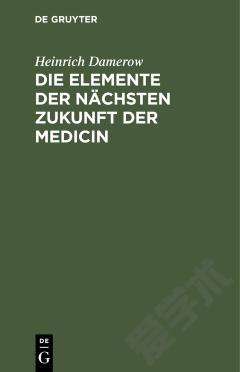
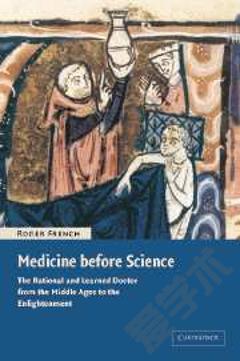
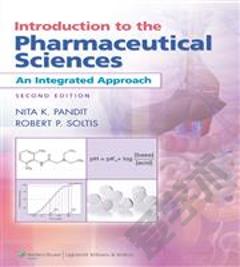
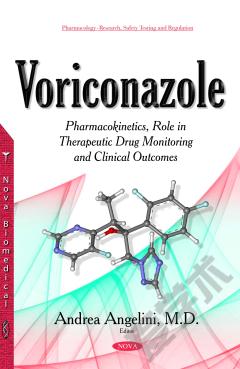
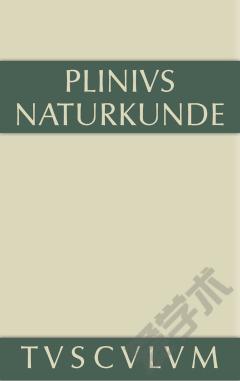
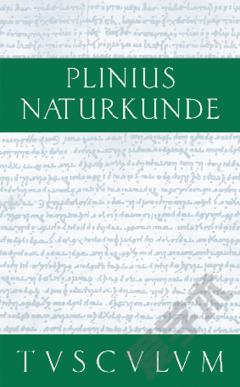

 京公网安备 11010802027623号
京公网安备 11010802027623号